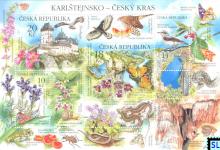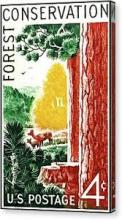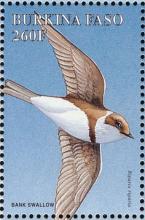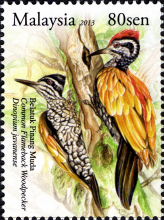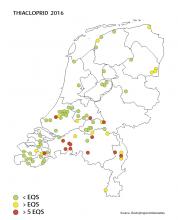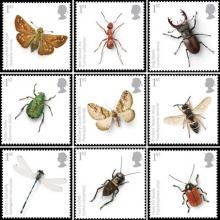Bayer attempts to discredit peer-reviewed study showing its products caused a Japan fishery to collapse
The May 2019 newsletter of the Saitama Ecosystem Conservation Society describes how, before the introduction of neonicotinoids in the 1990s, numberless brilliant red akiakane or autumn darter dragonflies could be seen around rice fields in the fall. Experiments by Japanese dragonfly expert Tetsuyuki Ueda of Ishikawa Prefectural University showed how the pesticides reduced the number of surviving dragonfly nymphs to a small fraction, and that the chemicals persist for years in the soil of rice paddy fields.


